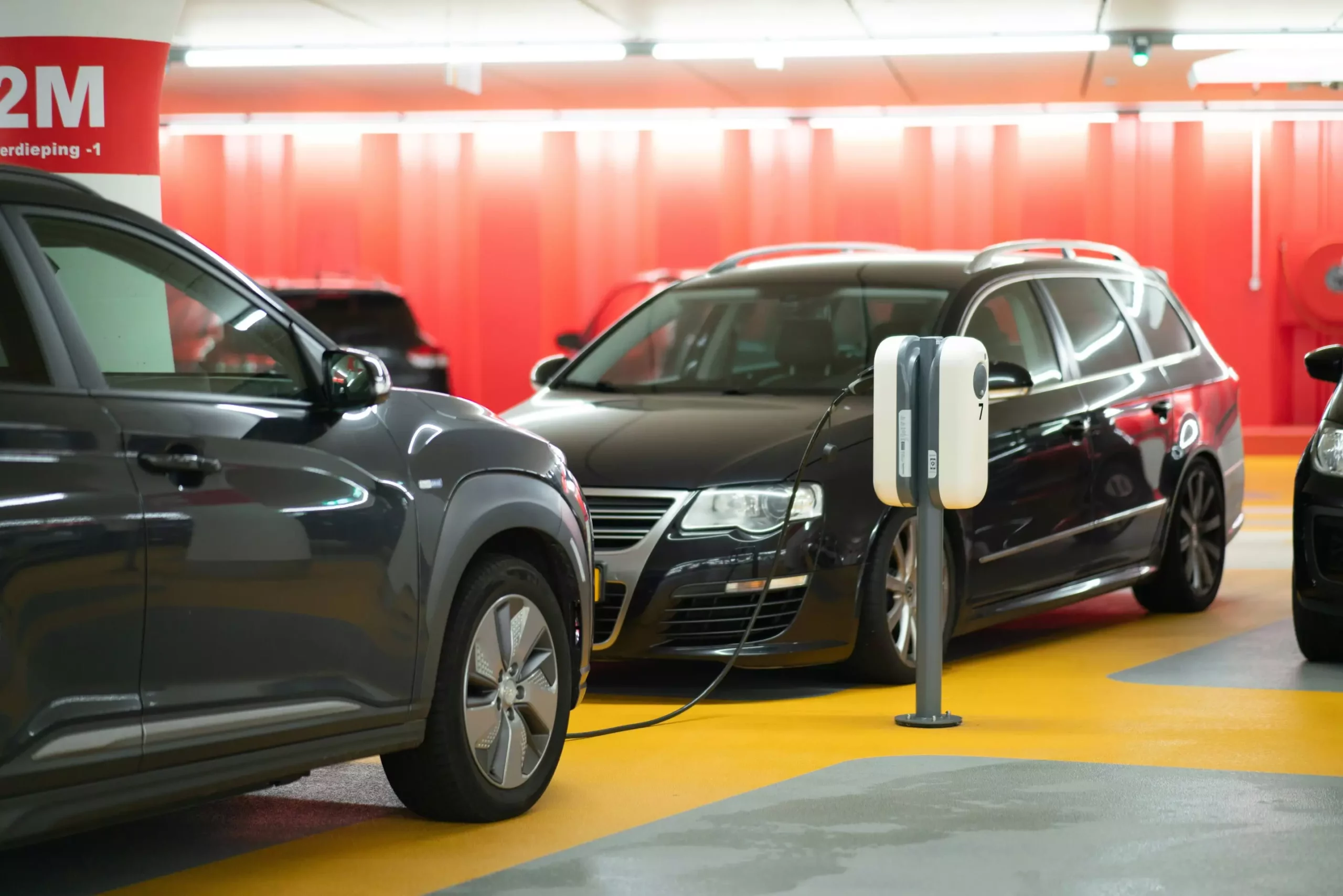Recent research highlights a significant gap between the U.S. government’s ambitious targets for vehicle emissions reductions and the actual feasibility of achieving these goals. The study, spearheaded by a collaborative group of college researchers, indicates that the U.S. is poised to fall short of its goal to cut vehicle emissions by nearly 15% within the next decade. This shortfall is largely attributed to unrealistic expectations regarding electric vehicle (EV) production, which have been placed under strenuous observation. As the study reveals, addressing the supply chain issues for essential minerals is crucial if the government aims to pursue these targets seriously.
The analysis, published in Nature Communications, extensively investigates the factors hindering the U.S. from meeting its electric vehicle sales targets by 2032. Specifically, one of the primary obstacles identified is the supply chain bottlenecks affecting critical minerals such as graphite and cobalt. If these issues remain unaddressed, the projected result could be an additional 60 million tons of carbon dioxide emissions over the next eight years, raising serious concerns about the ramifications of such oversights.
Demand versus Supply: The Fundamental Imbalance
To meet the ambitious emissions reduction target, approximately 10.21 million internal combustion engine vehicles would need to be replaced with electric versions, spanning from 2027 to 2032. Yet, the researchers predict that only about 5.09 million EVs can realistically be produced during this same timeframe. Therefore, the proposed manufacturing capabilities reveal a sobering reality: the U.S. and its allies may only meet roughly half of the projected demand for electric vehicles.
Given the staggering amounts of raw materials—including cobalt and lithium—required to produce these vehicles and their rechargeable batteries, the supply chain challenges are significant. While the U.S. possesses considerable reserves of these minerals, production capacity remains gravely inadequate. This discrepancy is particularly evident in the case of graphite, which has not been sourced domestically since the mid-20th century. This situation creates a precarious dependency on external suppliers, amplifying the risks bestowed by potential geopolitical conflicts.
Amid these challenges, the researchers propose a pragmatic solution: a renewed focus on hybrid electric vehicles (HEVs). Unlike fully electric models, HEVs demand significantly fewer mineral resources while still contributing to reduced tailpipe emissions. By championing hybrids, the U.S. could bridge the gap in emissions reduction and overhaul its one-dimensional focus on solely electric vehicles. This multi-pronged approach presents a viable alternative to rise above the logistical limitations currently faced.
Megan Yeo, one of the co-authors of the study, advocates for utilizing HEVs as an alternative pathway. She argues that exploring diverse vehicle solutions can alleviate the burden on supply chains while still adhering to crucial environmental goals. The suggestion to expand the goalposts to include HEVs offers a fresh perspective on navigating the multifaceted challenges of vehicle emissions reductions.
However, the route to achieving the U.S.’s EV targets may also depend on a recalibration of national priorities. According to Ashley Nunes, another co-author, increased reliance on China for key mineral resources could facilitate achieving the lofty EV production numbers. Yet, the implications of such a strategy raise significant national security concerns. This dichotomy forces American society to confront priority questions: Is the collective desire for reduced emissions greater than the need for energy security?
The considerations surrounding this make it evident that achieving emissions goals may demand trade-offs, and the path forward isn’t straightforward. Lawmakers must navigate these aspects as they shape future policies regarding EV development and mineral resource management.
The recent analysis underscores the urgent necessity for a practical reassessment of the United States’ electric vehicle ambitions. Current targets may be too ambitious, and a shift towards incorporating hybrid vehicles could indicate a more feasible pathway to emissions reductions. Additionally, addressing supply chain concerns and engaging in real discussions about national priorities will be critical in framing how we head towards a greener future. As the research evolves, so too should our approach in tackling the complexities of climate change in the transportation sector. A collaborative and balanced strategy could ensure that the drive for sustainability does not sacrifice key aspects of national security and economic stability.

